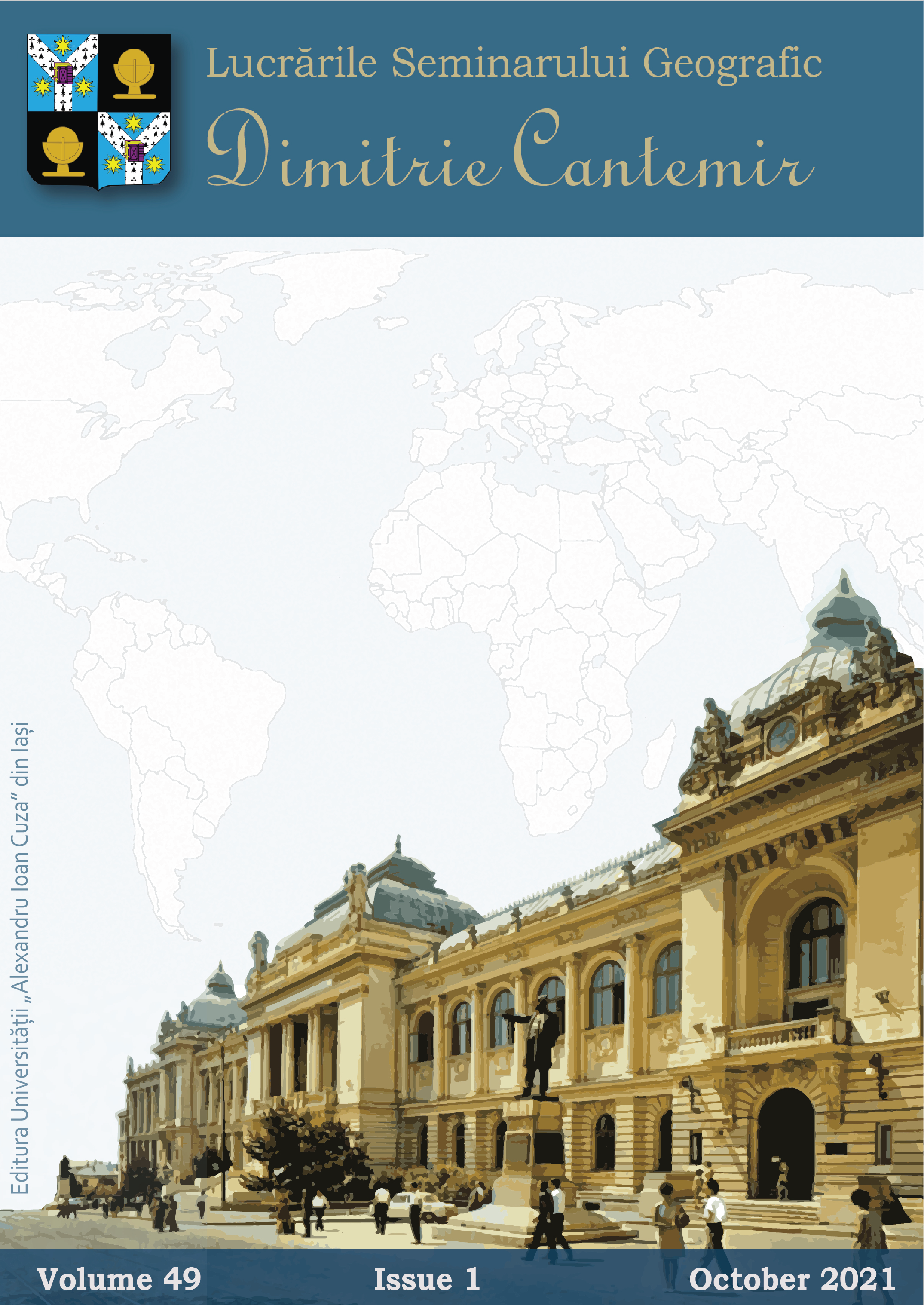County-level method for identifying Romanian ecological corridors: environmental and spatial planning issues
County-level method for identifying Romanian ecological corridors: environmental and spatial planning issues
Author(s): Antonio Valentin Tache, Oana-Cătălina POPESCU, Alexandru-Ionuţ PetrişorSubject(s): Geography, Regional studies, Physical Geopgraphy, Human Geography, Environmental Geography
Published by: Editura Universităţii »Alexandru Ioan Cuza« din Iaşi
Keywords: biodiversity; fragmentation; ecological connectivity; GIS assessment tools; Corridor Design; permeability maps; spatial plans;
Summary/Abstract: A solution for the habitat fragmentation, decline of biodiversity, loss of ecosystems and ecosystem services can be to increase the number of protected areas and the connectivity between them, by creating ecological corridors. Since this conservation practice is becoming more relevant considering the climate change, the concept of ecological connectivity must be integrated in most political frameworks, especially in relation with the spatial development, requiring appropriate legislation. The article aims at proposing a new technique of ecological connectivity modeling, demonstrated by a specific methodology aiming to identify the ecological corridors used the brown bear (Ursus arctos) within the Natura 2000 sites in the Romanian Carpathian Mountains covered by the Buzau County. The processed GIS layers together with the ArcGIS.x Corridor Design Tool were used to map the permeability in the studied area and thus to identify the ecological corridors. The obtained results are useful tools for spatial planners that must integrate, adapt and accept these corridors in their plans. It is the first study published at national level, a novel one, in which ecological corridors for the brown bear are identified based on a County Land Use Plan, embedding the ecological dimension in the concept of spatial planning.
Journal: Lucrările Seminarului Geografic ”Dimitrie Cantemir”
- Issue Year: 49/2021
- Issue No: 1
- Page Range: 27-50
- Page Count: 24
- Language: English

